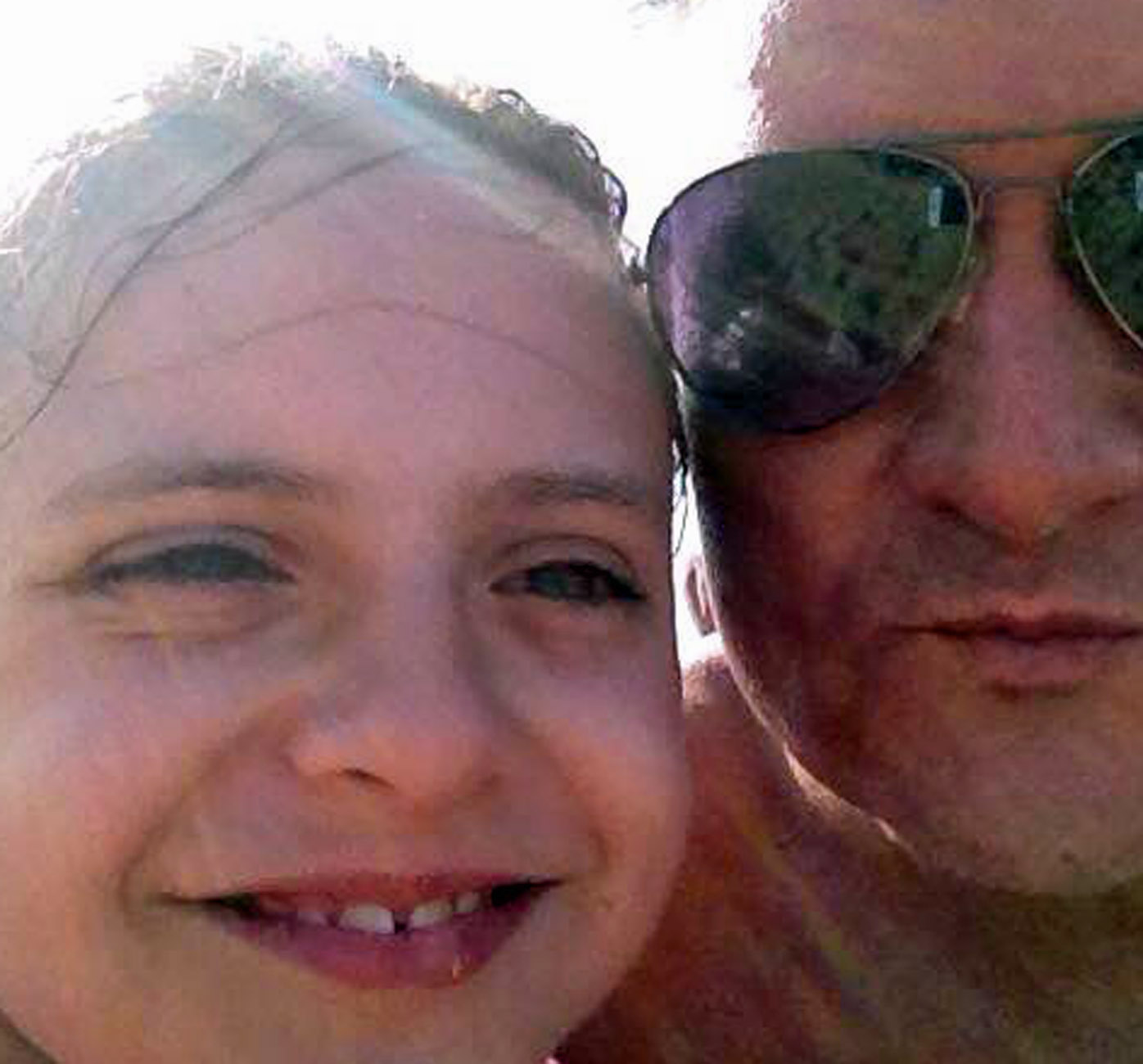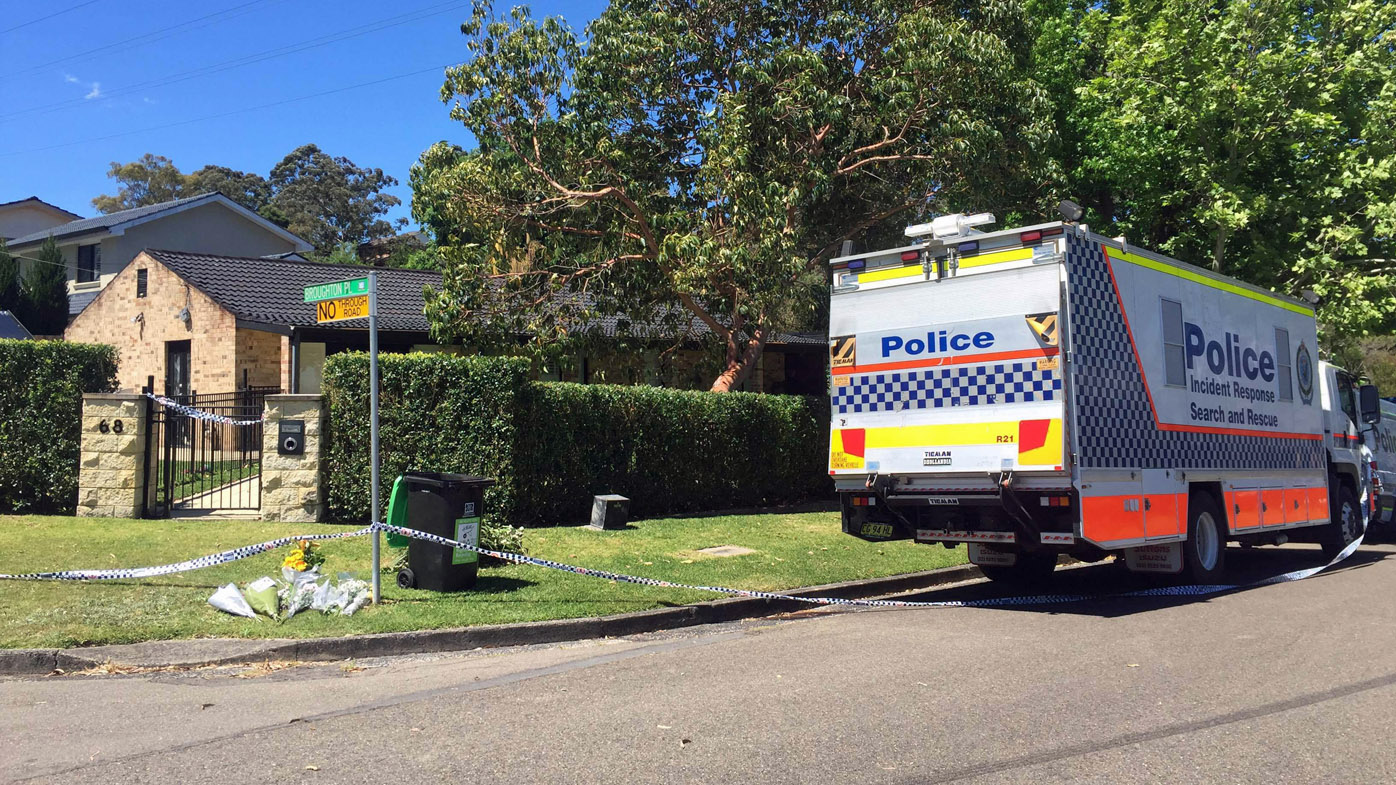After six long days of grilling potential jurors in a Minnesota courtroom (it was primarily the defence lawyers doing the grilling), we finally have 16 jurors confirmed to decide the fate of policeman Mohamed Noor who shot dead Sydney bride-to-be Justine Ruszczyk.
Among the 16, there are: 4 x women; 12 x men; 6 x people of colour; 1 x firefighter; 1 x carpenter; 1 x immigration officer; 1 x grocery shop worker.
With the jury sorted, the case can now begin.
![Justine Ruszczyk was shot in a Minneapolis alley by Mohamed Noor.]()
Tomorrow will start with opening arguments from the defence team and the prosecutors. Then, so long as there’s no other surprises, we willl start to hear evidence from both sides.
However, we’ve already heard some critical hints as to what prosecutors and defence lawyers may have up their sleeve.
Firstly, up until now, it’s been widely suggested that there was a thump, thud or slap on the back of Noor’s police car that night which startled both him and his offsider, prompting Noor to pull the trigger and kill Justine.
![A shrine dedicated to the memory of Justine Ruszczyk next to the alleyway in which she was fatally shot.]()
During jury selection, the prosecution has alluded numerous times to the idea that there may not have been any such thump on the police car. One potential juror was asked whether they could erase from their mind the idea that Justine was shot after Noor heard a noise.
If prosecutors do indeed provide evidence suggesting there was no catalyst that startled Noor, that changes the ball game for the jury.
Why?
Because ultimately this trial is about deadly force and the question of whether Noor was authorised to use it in this case.
The idea that he wasn’t startled by something changes the dynamic of the situation completely.
![Judge Kathryn L. Quaintance and the Minneapolis court in which she will give her decision.]()
We’ve also heard a few more details about the moments after Justine suffered the fatal gunshot wound.
She was barefoot. Once Justine was hit by the bullet, Officer Harrity - Noor’s offsider - opened his car door and guided Justine to the ground.
Arguably the most critical evidence in this case will be the police body cam footage. I say that without having seen it yet myself - and this very subject has been argued at length in court.
That is, whether the body cam footage will be played to the courtroom gallery and released publicly.
Judge Kathryn Quaintance wants to turn the screens away from the public gallery, so journalists can hear the video but can’t see it.
We now know what some of this footage shows. There’s “hours” of body cam vision to be tendered as evidence but by the sounds of things, a couple of clips are much more relevant than the rest. Justine is captured dying with part of her clothes torn off due to CPR attempts.
Judge Quaintance has said the following things in Court about the footage:
“It’s video of him... it’s crucial to the case... it’s highly emotional...probably one of the most dramatic moments in the trial.”
“It’s video of a human being dying.”
“It’s shocking.”
In explaining why she doesn’t want the video released publicly, Judge Quaintance said “It’s not because it’s dramatic... I’m trying to protect pictures of this woman naked and her gasping for breath in the last moments of her life”.
![A local police station in Minneapolis. The Minneapolis Police Department fired Noor after he was charged over Justine's death. He is appealing his dismissal.]()
At one point during jury selection, Judge Quaintance actually addressed potential jurors and asked if anyone thought they might not be able to handle video of someone dying.
One, juror #34, started to get emotional. “The weight of it all... it’s very tragic,” she said.
Confronting as this body cam evidence may be, it sounds like there are very deliberate reasons it will be played to the jury.
Prosecutor Amy Sweasy told the Court: “The video needs to be shown because it shows what police were doing when Ms Ruszczyk died. While that was happening, Ms Ruszczyk was dying.”
So, whatever Noor, Harrity and others were doing moments after the shot was fired is crucial. We just don’t know what exactly that is yet.
The Defence team has also revealed who they plan to call to give evidence. While the prosecutors’ list of witnesses runs nine pages long, the defence plans to call a grand total of three witnesses:
1. Emanuel Kapelsohn - use of force expert
2. Dr Matthew Guller - police psychologist
3. William O’Keefe - a Private Investigator
What might explain this massive disparity between the number of witnesses from the prosecution and the defence is the framework of criminal trials in this American state.
![This courtroom sketch depicts jury selection Monday, April 1, 2019, in Minneapolis in the trial of former Minneapolis police officer Mohamed Noor, second from right, who fatally shot an unarmed Australian woman after she called 911.]()
Under Minnesota law, Mohamed Noor is presumed innocent. In other words, the Prosecution has to prove everything - the Defence doesn’t have to prove a thing.
The only person possibly missing from the defence witness list is the Defendant. He can testify without being on the list. That’s probably the biggest question about this high-profile trial.
Will Noor tell us why he shot a Sydney woman in her pyjamas after she called for help?
Buckle up. It’s about to begin. Hopefully, as is justice for Justine.







